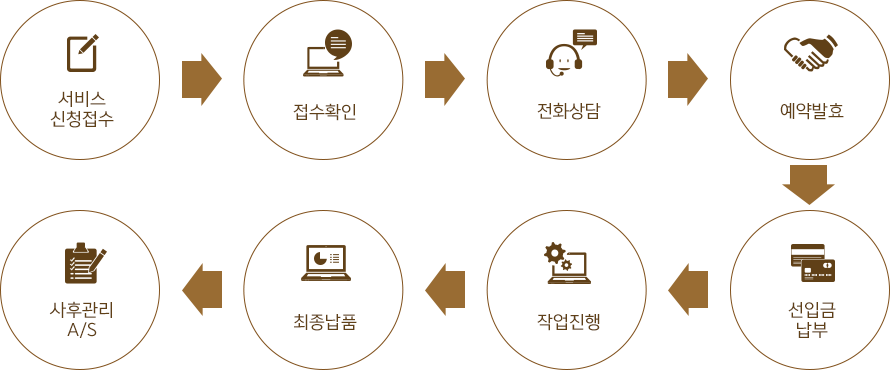Abstract
The Effects of Project Approaches
Based Upon Young Children's Information Processing Types
Hong, Gil-Dong
Education studies
Graduate School of Education
Hankook University
Academic Advisor: Prof. Kim, Non-Moon
This dissertation aims to identify what effects the project approach makes on the social and academic efficacy of young groups of children, and what differences can be found in these effects when taking into consideration the young child's information processing type.
With this end in mind, the K-ABC intelligence test(the Korean version of the Kauffman Assessment Battery for Children) was given to 186 children aged between 4 and 5 at 'D' Kindergarten in Daegu City, South korea. 20 subjects of a sequential processing type, and 20 subjects of a simultaneous processing type were chosen through random sampling. Each type was randomly divided into two groups, each of which contained about 10 subjects - one for the project approach and the other for a unit-based activity. The project activity was conducted for eight weeks thus based upon Helm and Katz's project approach for young children(2001).
The self-efficacy test was based on test questions prepared by Hee-Jug Woo(1993), Harter and Pike(1984), Ah-Young Kim and In-Young Park(2001), plus Jinks and Margan(1993). The interest-level test was based on Pintrich and Schunk's(2002) concept of interest testing.
Data analysis was conducted using MANCOVA, and its statistical significance was verified at the level of a=.05. The findings are as follows:
1. The project approach was more effective than the unit-based activity at increasing self-efficacy and heightening academic interest level.
2. The project approach was also more effective at increasing the interpersonal efficacy amongst children of a sequential processing type.
3. The project approach was far more effective at increasing confidence, perceived self-confidence and task difficulty preferences(sub-factors of the academic self-efficacy) amongst children of a simultaneous processing type. The unit-based activity was more effective at producing similar results amongst children of s sequential processing type.
4. The project approach was more effective for children of a simultaneous processing type than those of a sequential processing one in increasing interest in learning, learning attitude and learning continuity, which are sub-factors of academic interest leveling. The uni-based approach was more effective for children of a sequential processing type than those of simultaneous type in creasing interest learning(a sub-factor of the academic interest level).
5. The children of a sequential processing type showed increased interpersonal efficacy(a sub-factor of social self-efficacy) and perceived self-competence(a sub-factor of the academic self efficacy) when using the project approach.
6. The children of a simultaneous type showed increased interpersonal efficacy(a sub-factor of the social self-efficacy), confidence, perceived self-confidence and task difficulty preference(sub-factors of the academic self-efficacy), plus interest in learning, learning attitude and learning continuity(sub-factors of academic interest level) when using the project approach.



